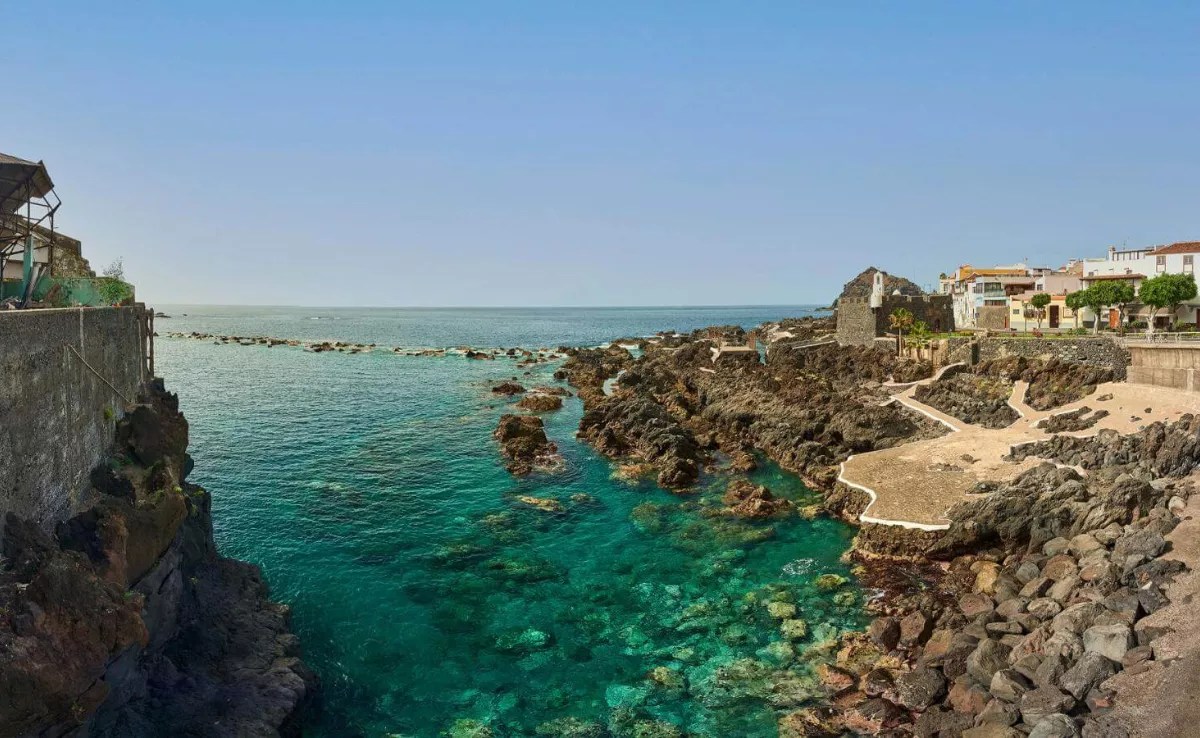New admissions for covid in hospitals in the Canary Islands are beginning to decrease. During this week, in the Archipelago the number of beds occupied during that week has only increased by 44 patients with covid. A number 30% lower than the one that was considered just a week ago (68) and that represents half of the average number of admissions that have been produced during the month of January, encrypted about 80 new patients a week. If its decline is consolidated, this indicator could reflect that hospitals have already reached the peak of the sixth wave.
This does not mean, however, that hospitals are already reducing their care pressure. As of today, 710 patients with covid remain hospitalized in the Canary Islands, the second highest figure in the pandemic, only surpassed by the 711 patients on January 24. Of the total number of hospitalized patients, 617 are on the ward and 93 in the ICU. Another 324 are occupying a bed despite having tested negative, but they are not counted in the daily Covid registry, although they are in the hospital occupation registry. They are people who, despite no longer being positive for covid, require more health care.
Tenerife is the island with the highest healthcare pressure, but income has stagnated there
Tenerife is the island with the highest healthcare pressure in the Canary Islands, with 388 patients admitted with positive covid. Nevertheless, the number has stagnated, which means that Tenerife hospitals have stopped receiving such a high number of patients. This trend is visible as of January 20, after reaching the maximum figure of 403 hospitalized patients, the highest of the pandemic.
the same does not happen in Gran Canaria, where the number of hospitalized continues to grow. In one week, income on the island has varied by 30%, going from registering 227 hospitalizations on January 19 to 293 confirmed today.
The rest of the islands have experienced either a setback or a stabilization of hospital admissions.
More income at 65
The median age of the total number of people hospitalized in the last 30 days is 71 years and 65 years of those admitted to hospital. ICU. While the median age of those who died in the last 30 days is 80 years, with a wide range from 44 to 90 years.
As reported by the Ministry of Health, 41.2% of people admitted to critical care units diagnosed during the last 30 days had not received the complete vaccination schedule, a high percentage if we take into account that those not vaccinated in the Canary Islands only they represent 18.5% of the population.
81% of people admitted for covid and diagnosed in the last 30 days He had no previous pathologies. This percentage increases in unvaccinated patients, in whom 86.1% had no other known pathologies.
100,000 active cases
New diagnoses are also declining, but active cases are not, which have broken a new record. For the first time in the pandemic, 100,024 canaries have a positive diagnosis of coronavirus at the same time. This means that, today, at least 4% of the Canarian population is in quarantine for being positive in coronavirus.
The number of daily cases is, however, the lowest for just a month. The Canary Islands have registered 2,007 cases of coronavirus, of which 968 have been detected in Gran Canaria, 645 in Tenerife, 127 in La Palma, 127 in Fuerteventura, 90 in Lanzarote, 10 in La Gomera and 10 in El Hierro. This reduction in new diagnoses is accompanied by a decline in test positivity, which has dropped to 30%. However, this figure is much higher than what is recommended by the World Health Organization (WHO) to consider that the virus is under control. For this to happen, the positivity rate would need to be below 5%.
Eight out of ten, vaccinated
Eight out of ten canaries are vaccinated, with at least two doses, against the coronavirus. To date, protection has been inoculated to 1,709,458 people, which represents 81.49% of the target population of the Archipelago – including children between 5 and 11 years old. The professionals of Canary Health Service (SCS) They have administered 4.1 million doses of vaccines since the vaccination campaign began a year ago. Likewise, in the Archipelago there are 1.8 million people who have received at least one dose. On the other hand, 65,314 doses of this vaccine have already been inoculated to the pediatric population between 5 and 11 years old, this means that 47.71 percent of that age group has already received the first dose.
All islands at high risk
The Ministry of Health has decided to move La Gomera to level 3, which means that no island is at a lower level. All the islands have hospital or virus transmission rates that place them at high or very high risk levels. La Palma, Tenerife and Gran Canaria are at level 4 and Fuerteventura, Lanzarote, La Gomera and El Hierro at level 3. The change in level of the island of La Gomera will take effect at 00:00 hours next Monday, January 31 (in the night from Sunday to Monday) being subject to periodic revaluations. Health is also considering the possibility of moving Lanzarote to level 4, although for the moment it has announced that “it is necessary to continue observing the evolution”.

















